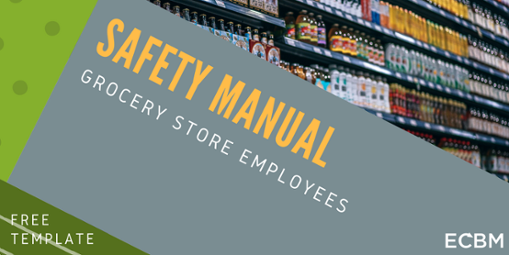
In August of this year, the Occupational Safety and Health Administration (OSHA) increased its fines for the first time in 25 years. As a result, the maximum penalty for most OSHA violations almost doubled.
How Do The OSHA Fines Increase Effect Businesses?
Congress had prevented OSHA from increasing fines to keep pace with inflation previously; as part of the Bipartisan Budget Act of 2015, however, Congress permitted OSHA to track its civil penalties to measures of inflation going forward as well as giving the agency a one-time catch-up adjustment so that the agency could increase the fines from 1990 levels.
While the law allowed an increase of up to 150% to cover 26 years of inflation, OSHA’s total fine increased the amount by 78%. This means the maximum civil penalty for OSHA violations has increased from $70,000 to $124,709! That maximum penalty applies to willful and repeat violations of OSHA regulations. The more widely applicable maximum penalty for serious violations of $7,000 has increased to $12,471. Which Injuries Should Be Reported To OSHA?
What Can I Expect For My Business?
Technically, the increase of fines has not applied to the minimum penalties. However, most businesses should expect their fines to increase by the same 78% figure if cited under the new regulations as opposed to the old. Recently, the average civil penalty for a company with fewer than 250 employees amounted to $1,248. A 78% increase would raise that average penalty to almost $2,300.
Are OSHA Fines Too Low?
OSHA employs about 2,000 inspectors across the country to inspect millions of workplaces. Critics believe that low fines and OSHA’s inability to inspect most workspaces create poor incentives for companies to comply with OSHA regulations. For example, JBS - the world’s largest meatpacking company -suffered four workplace fatalities in five months across plants in Colorado, Texas, and Alberta, Canada. The fines from OSHA for one of the fatalities totaled less than $40,000 when finally settled.
OSHA Fines Are An Expensive Problem
This criticism ignores the fact that OSHA fines are often only a small part of the monetary damages paid out by a company for workplace injuries. Worker’s compensation systems and wrongful death lawsuits create far greater incentives for companies to try and build safer working spaces for employees.
Still, fines that reach six figures can powerfully impact a company’s bottom line. Additionally, OSHA has the ability to place companies on a consistent offender list known as the Severe Violator Enforcement Program. Being placed on this program means increased inspections from the administration, as well as increased penalties.
Many Benefits Of Promoting A Culture Of Safety
Even small companies can take steps to increase safety standards to help avoid workplace injuries and OSHA fines. Several low cost options using mobile technology exist to improve record-keeping and reduce paperwork for those tasked with OSHA compliance. Companies can also empower employees to take responsibility for workplace safety. Anonymous reporting systems for spotting workplace hazards can significantly reduce injuries; having employees specifically designated to monitor for certain issues or programs also helps create a culture of workplace safety. READ MORE: How To Create A Culture Of Safety
Reducing Operating Costs With A Safety Program
Workplace injuries cost everyone money better spent elsewhere. The possibility of higher OSHA fines only increase that cost. Employers need to take appropriate and cost-effective options to minimize the possibility of those injuries occurring and reduces the cost to the company when they do occur.




